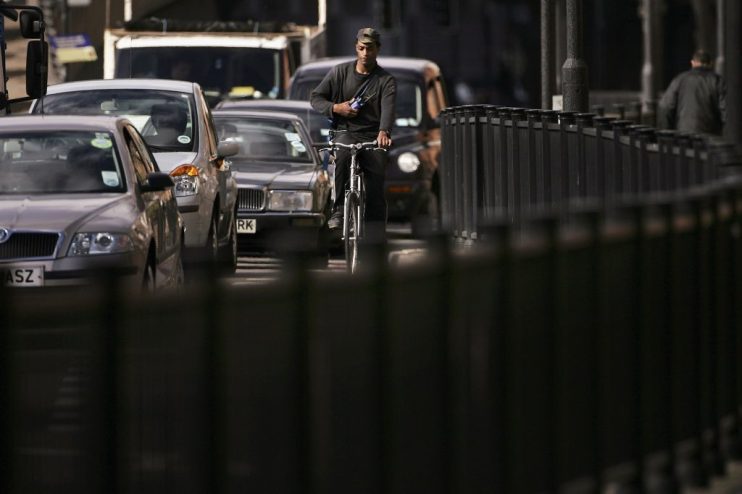Drivers unaware of Highway Code changes, data reveals

The majority of UK drivers are still unaware of the changes made to the Highway Code which – if approved by Parliament – will come into effect on 29 January.
According to a poll carried out by the AA before Christmas, two thirds of its 13,000 members didn’t know changes were under way.
British charity Cycling UK has called on the government to ensure the public is aware of the changes, expressing its concerns over the lack of communication by Whitehall.
“Cycling UK is concerned the forthcoming improvements to road safety outlined in the latest revision of the Highway Code, which will benefit everyone, are not being communicated through official channels,” said Duncan Dollimore, Cycling UK’s head of campaigns.
“These changes have legal implications. Just as we saw with the introduction of other road safety measures like mandatory seat belts and stricter drink driving laws, the public needs to be accurately informed about the new rules.”
The new regulation – which aims to improve road safety – establishes a hierarchy of road users to ensure that those “who can do the greatest harm have the greatest responsibility to reduce the danger or threat they may pose to others.”
Under the new code, drivers will need to look out for people cycling and walking while people cycling will need to pay greater attention to horse riders and pedestrians and always be prepared to “slow down and stop when necessary.”
Motorists and motorcyclists should not cut across cyclists when turning into or out of a junction or changing direction, giving them way even when they approach from behind. Drivers will also need to leave cyclists and motorcyclists a minimum distance of 1.5 metres if going at speeds under 30mph. For speeds higher than 30mph, the safety distance will increase to 2 metres.
Drivers need to adopt the ‘Dutch Reach’ technique, which suggests opening the car’s door with the hand “on the opposite side to the door they are opening.” By using this technique motorists will twist their bodies, making it easier to look over their shoulder for other road users.